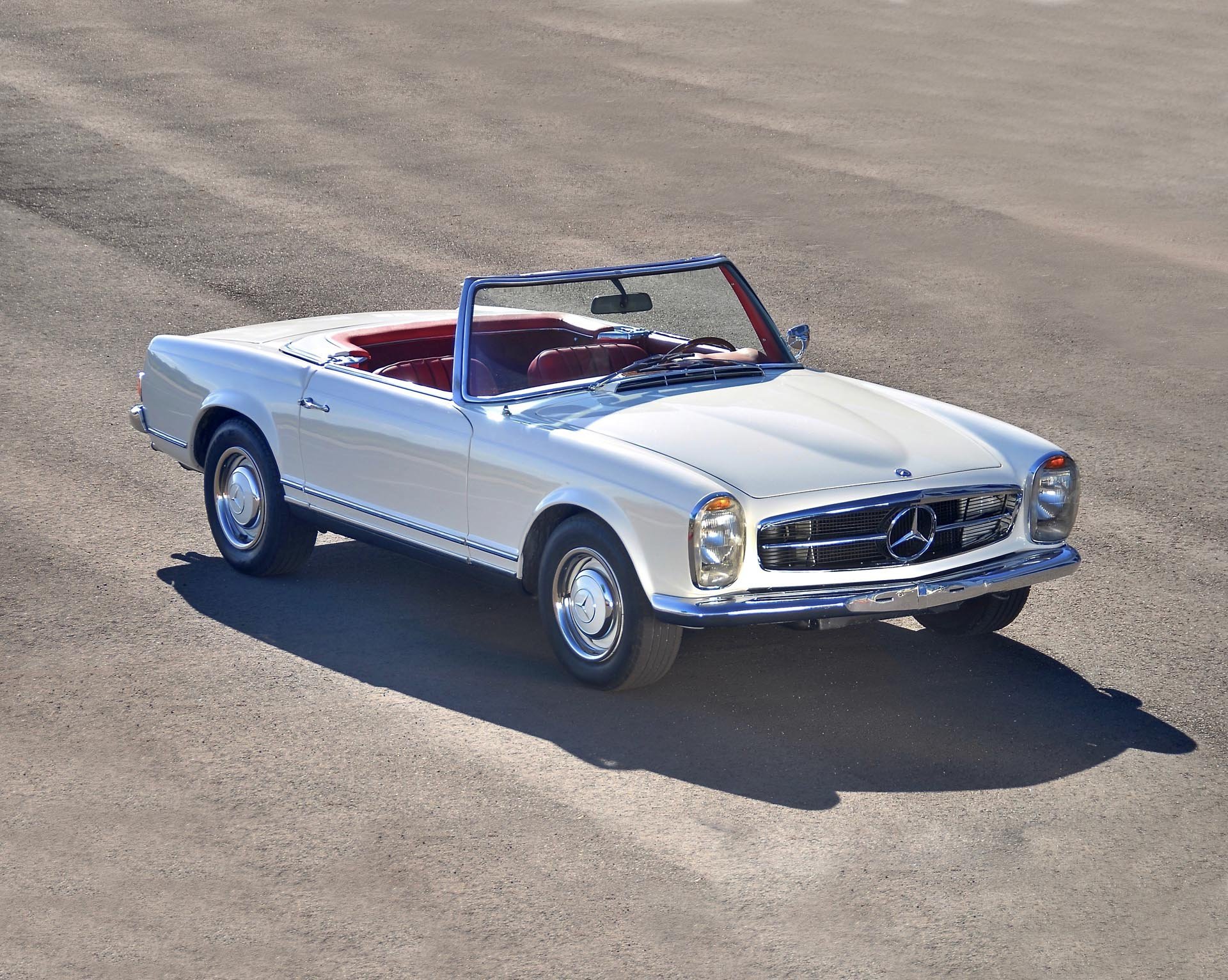How to Choose the Right Diesel Spare Parts for Your Engine
December 1st, 2024 by ksrussellMaintaining a diesel engine’s performance and longevity relies heavily on the quality and compatibility of its spare parts. Whether you’re managing a fleet of trucks, operating heavy machinery, or maintaining a diesel generator, selecting the right spare parts is crucial for efficient operation and cost-effectiveness. Here’s a comprehensive guide on how to choose the right diesel spare parts for your engine.
1. Understand Your Engine’s Specifications
Before purchasing spare parts, it’s essential to have a clear understanding of your engine’s make, model, and specifications. Check the engine manual or consult with the manufacturer to identify:
- Part numbers and codes.
- Compatible brands and components.
- Special requirements for high-performance or heavy-duty use.
Engines from different manufacturers, such as Cummins, Caterpillar, or Perkins, often require unique components, so accuracy is key.
2. Opt for Genuine or OEM Parts
Genuine or Original Equipment Manufacturer (OEM) parts are designed specifically for your engine, ensuring the highest quality and compatibility. Benefits of OEM parts include:
- Precision Fit: Designed to meet exact specifications, reducing the risk of installation issues.
- Durability: Made from high-quality materials to withstand the rigors of diesel engine operation.
- Warranty Protection: Many OEM parts come with a manufacturer’s warranty for added peace of mind.
While OEM parts may cost more upfront, their reliability and longevity often result in long-term savings.
3. Consider Aftermarket Alternatives Carefully
Aftermarket parts are third-party components designed to replace OEM parts. While some aftermarket parts meet or exceed OEM standards, others may fall short. When considering aftermarket options:
- Research the manufacturer’s reputation.
- Look for certifications or industry standards compliance.
- Compare customer reviews and testimonials.
Aftermarket parts can be a cost-effective solution, but only if their quality is not compromised.
4. Purchase from Reputable Suppliers
Choosing a reliable supplier is as important as selecting the right parts. Reputable suppliers provide authentic, high-quality components and offer support for your purchase. Key factors to consider include:
- Inventory Range: Ensure they stock parts for your specific engine model.
- Customer Service: Look for suppliers who offer technical support and advice.
- Return Policies: A flexible return policy indicates a commitment to customer satisfaction.
5. Prioritize Critical Components
Diesel engines have several key components that require frequent inspection and replacement. When choosing spare parts, prioritize the following:
- Fuel Injectors: Ensure efficient fuel delivery and combustion.
- Filters (Oil, Air, and Fuel): Protect the engine from contaminants and maintain performance.
- Turbochargers: Enhance power and efficiency.
- Gaskets and Seals: Prevent leaks and maintain engine integrity.
- Belts and Hoses: Ensure smooth operation of auxiliary systems.
Investing in high-quality components for these critical areas can prevent costly breakdowns.
6. Beware of Counterfeit Parts
Counterfeit diesel spare parts are a significant concern in the market. These low-quality imitations can cause serious engine damage and void warranties. To avoid counterfeit parts:
- Purchase from authorized dealers.
- Check for holograms, serial numbers, or other authenticity markers.
- Be wary of prices that seem too good to be true.
7. Evaluate Cost vs. Value
While it’s tempting to choose the cheapest option, prioritizing quality and compatibility will save money in the long run. Poor-quality parts can lead to frequent breakdowns, reduced efficiency, and costly repairs. Compare prices while considering the reputation of the brand and supplier.
8. Seek Professional Advice
If you’re unsure about the parts needed, consult a professional mechanic or diesel engine specialist. They can provide recommendations based on your engine’s condition, usage, and specific requirements.
Choosing the right diesel spare parts is essential for maintaining your engine’s performance, efficiency, and lifespan. By understanding your engine’s needs, opting for genuine or reputable aftermarket parts, and purchasing from trusted suppliers, you can ensure your diesel engine operates reliably for years to come.
Taking the time to research and invest in high-quality components will pay off by reducing downtime, repair costs, and operational inefficiencies. Whether you’re managing a fleet or maintaining a single engine, the right spare parts make all the difference.

